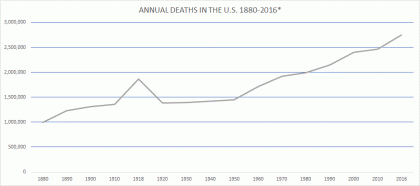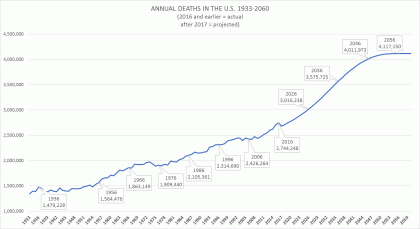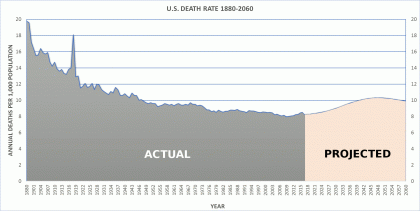The Relationship Of Cause Of Death To Attitudes Toward Funerals And Bereavement Adjustment examined how multiple factors might combine to affect the bereaved. Whether someone died suddenly, or after an illness, whether they were close or distant, and other circumstances of death would seem likely to influence how survivors adjust to the loss. Funeral activities have also been suggested as factors affecting participants’ later adjustment. The researchers used multivariate analysis to explain how various factors combine to affect mourning.1
Subjects: 438 adults who had experienced the loss of a family member or friend within two years (90% had occurred within one year). Average age of subjects: 35.
Main findings
When the person’s death was expected, survivors tended to have better bereavement adjustment.
When the death was expected, and the mourner was emotionally close to the deceased, they saw the funeral as more meaningful and they participated more in post-funeral activities.
For older bereaved persons, the type of death did not have as big an impact on how well they adjusted, or how much they participated in the funeral rituals.
People whose loved ones died from violent, sudden, or stigmatized causes had the worst grief and bereavement adjustment overall, and received the lowest levels of social support. These mourners do get more involved in the early stages of the funeral process, which may be beneficial for them. But the study does not show better adjustment for such bereaved persons as a result of funeral participation.
Regarding type of death:
Continue reading 1999: Funeral Participation And Type Of Death As Factors In Bereavement


